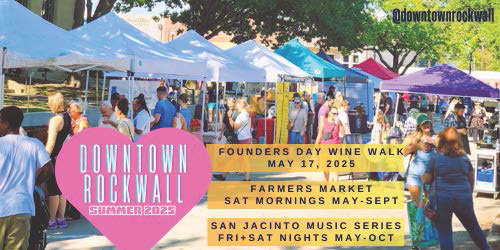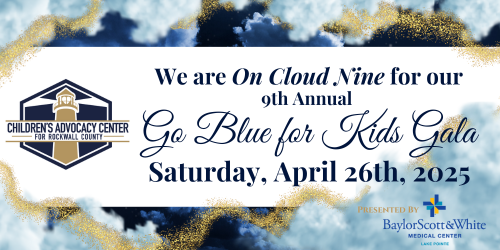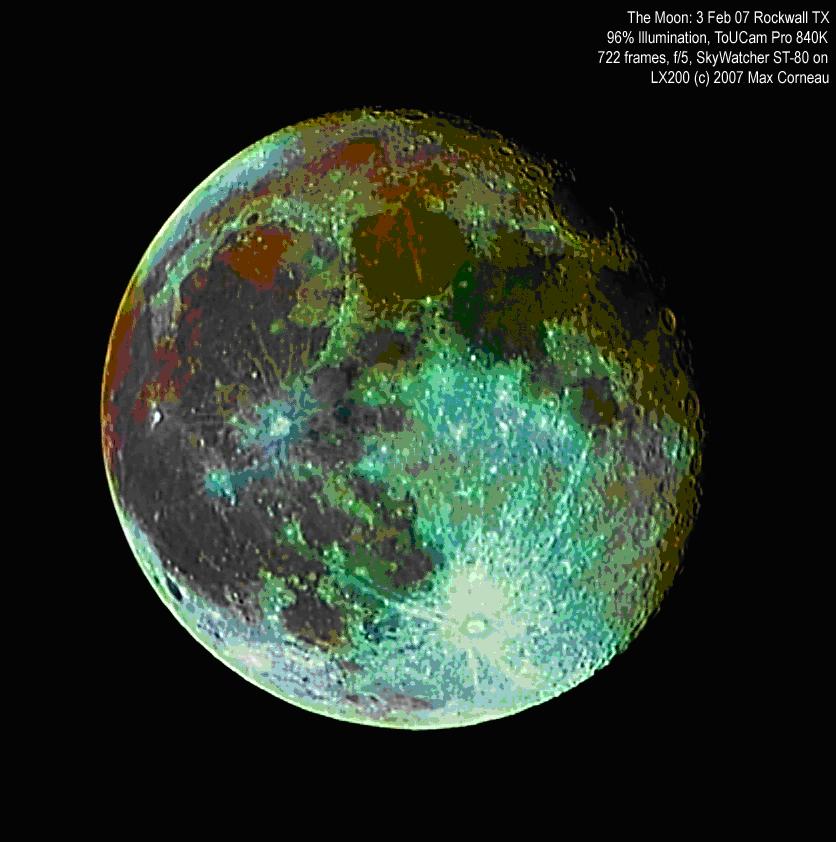September 22, 2012: Under the Same Moon
On Saturday, September 22, 2012, our planet will celebrate International Observe the Moon Night.
Dear reader, please consider yourself invited to the IOMN event in Rockwall at our very own Rockwall County Library. The Rockwall County Library is one of our community’s jewels and I really consider it an honor to set up telescopes and hold an event that celebrates Science, Technology, Engineering and Math (STEM) topics that are critically important to America’s future.
 This image will give you an idea of just how popular this event is across the country. Notice that our library event is posted to this international website.
This image will give you an idea of just how popular this event is across the country. Notice that our library event is posted to this international website.
Even casual readers know that I have dedicated my post-service life to serving the nation by inspiring young people and their parents to understand, appreciate and most importantly, to understand the Universe in which we live.
Rather than merely talk and write about it, I try to do something about inspiring people to understand our Universe by holding exciting public observing events from the classroom to the open field using powerful, modern astronomy equipment.
Several weeks ago the first person to walk on a body outside our own planet, Neil Armstrong passed away. Part of this year’s IOMN will include a “Wink at the Moon” in honor of this great American. According to the IOMN website, International Observe the Moon Night will remember Neil Armstrong by encouraging participants to “wink at the Moon.” A great way to do this is for each person to look up from the eyepiece after they see the Moon up-close and in a very personal way and give the Moon a “wink” in honor of its first visitor from our species.
The plan.
Our activity for the night of Lunar observing is to have four or five telescopes available and operating with one of the telescopes being used to support a webcam producing a live view of the Moon for many people to view at one time. Not only will we be providing exquisite views of the Moon, but for those interested, we will have sketching equipment so people can sketch their favorite crater, mare (sea – pronounced Mahr-ay), fault line or shadow. Since the Moon will be less than full that night, we will be able to see shadows passing in and out of craters on what is known as the “terminator”. The terminator is a fascinating place to really observe the Moon because you can see the terrain changing constantly.
Why the Moon.
Admittedly, I must divulge not being a very avid Lunar observer.
However it must be found that on this night like every night and day we humans see the very same Moon. Imagine that every person in the world is seeing the exact same view of the Moon we see here in Rockwall at any given time. Seeing the Moon is a great unifying activity for all human beings.
The Moon offers a tremendous record of our own place on Earth. If you believe, contrary to the major body of scientific evidence, that the Earth is only 5,000 or so years old, you ought to stop reading now and just show up at the library on the 22d to watch the Moon.
The reason the Moon offers such an excellent record of our own Earth is that it has no geologic activity to mask bombardments from space and its own history. The widely accepted giant impact hypothesis states that the Moon was formed out of the debris left over from a collision between the Earth and a body the size of Mars approximately four and a half billion years ago when the Solar System was 30-50 million years old. In the giant impact hypothesis a planetary body known to some as Theia impacted the Earth, ejecting incalculable amounts of Earthen matter into space. In 2001, a team at the Carnegie Institute of Washington reported after extremely precise measurement of the isotopic signatures of lunar rocks returned to Earth from the Apollo missions contained an isotopic signature that was identical with rocks from Earth, and were different from almost all other bodies in the Solar System.
 So come out to view the Moon with us on the 22d and see the very same object that everyone else on Earth will see that night…like all the other nights for the last four billion years ago.
So come out to view the Moon with us on the 22d and see the very same object that everyone else on Earth will see that night…like all the other nights for the last four billion years ago.
Above is a favorite image of the Moon that I made about five years ago. The reason I like this image is that it contains considerable coloration so the observer can see and make sense of the various low-lying areas we call the Mares.
The Mares formed during heavy bombardments punctured the newly formed lunar surface allowing subsurface magma to emerge and flow out onto the lowlands. That is why these areas are much darker, because they are capped by different minerals than the surrounding lunar surface. This image, too large to fit on a page is very similar to what we will be seeing. So please come out to the Rockwall County Library this Saturday and enjoy the moon!

Our Universe Today is a column written by Blue Ribbon News special contributor, Max Corneau, aka AstroDad, of Rockwall.
Max retired from the U.S. Army in 2009 as a Lieutenant Colonel, Senior Space Operations Officer and Master Aviator. He amassed over 3,200 hours as a pilot of Special Electronic Mission Airplanes. Since 2004 he has been a NASA/JPL Solar System Ambassador, is a Master of Astronomical Outreach through the Astronomcial League and built his own astronomical observatory. His amazing images can be seen at AstroDad.com.
RELATED COLUMNS BY ASTRODAD:
Homage to Neil Armstrong
AstroDad shares insight on Curiosity’s successful Mars landing
Making sense of science: Higgs Boson Explained
How to buy a telescope: Part 1 and Part 2
Earth’s recent asteroid encounter is closest in 200 years
To submit your news and events or a guest column on your area of expertise, email editor@BlueRibbonNews.com.











